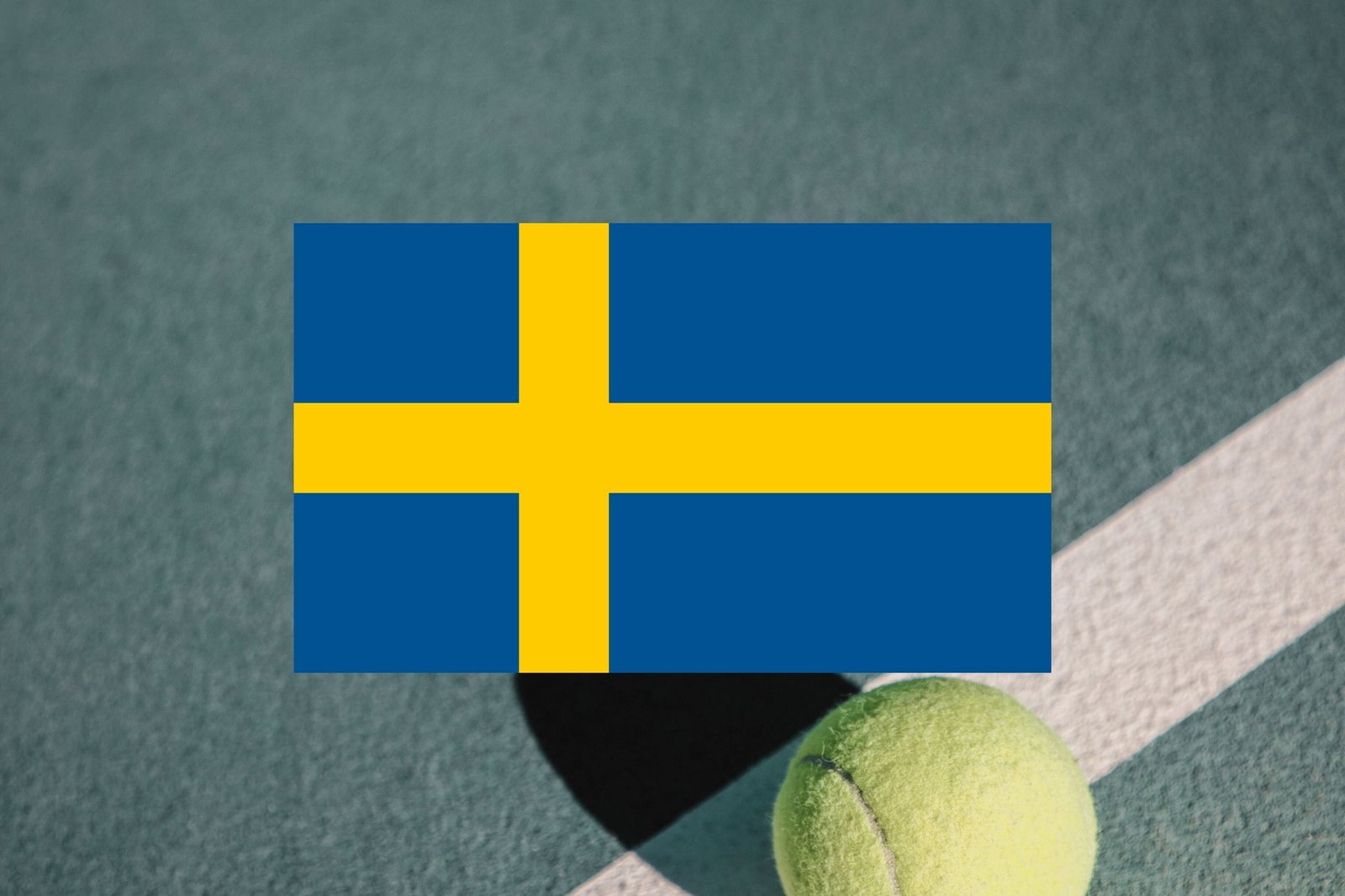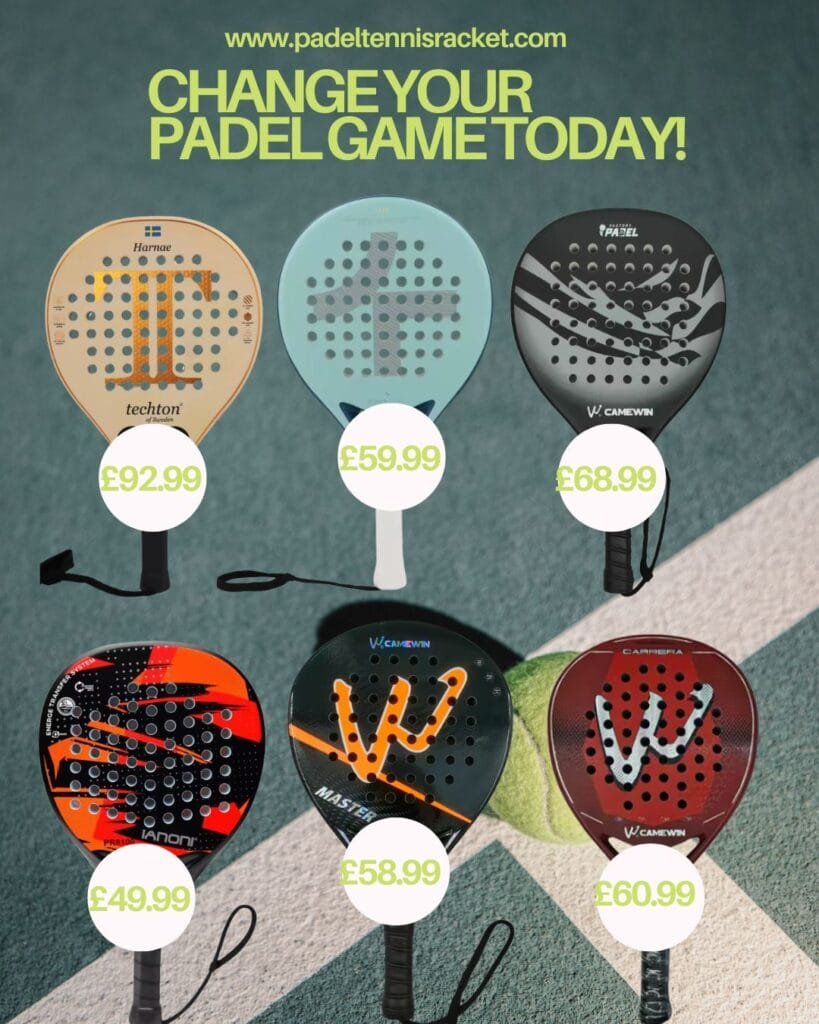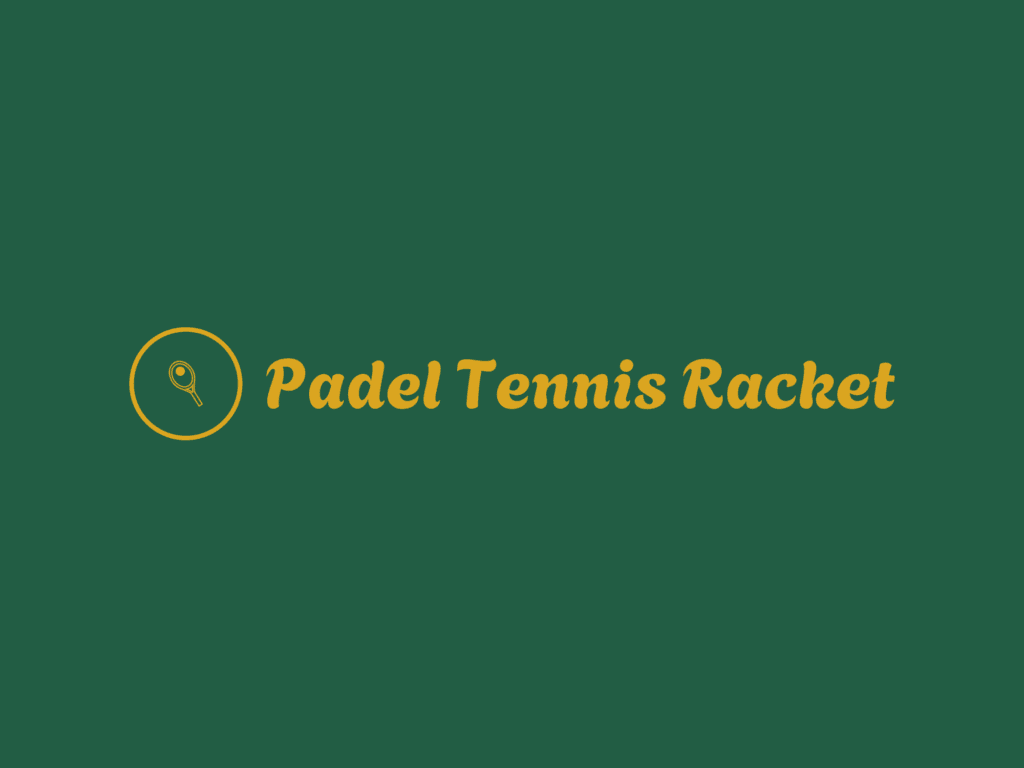
In recent years, padel in Sweden has evolved from a niche activity into a nationwide phenomenon. This fast-paced racquet sport, often described as a mix between tennis and squash, has captivated Swedes of all ages. With a blend of competitive spirit and social interaction, padel is now more than just a pastime—it’s a cultural trend.
The journey of padel in Sweden began around the early 2010s, when the sport first trickled into the country from Spain, where it is immensely popular. Initially, there were only a few courts, primarily located in southern cities like Malmö and Gothenburg. But as word spread about the game’s accessibility and excitement, interest skyrocketed. Today, padel centers are found in nearly every Swedish town and city, from Stockholm to Kiruna.
One of the most appealing aspects of padel in Sweden is its inclusivity. Unlike some sports that require high levels of fitness or technical expertise, padel can be enjoyed by beginners and seasoned athletes alike. The court is smaller than a tennis court and is enclosed with glass walls, making rallies longer and more engaging for both players and spectators. This design encourages tactical play and teamwork, as the game is almost always played in doubles.
As the popularity of padel in Sweden grew, so did the infrastructure around it. Numerous companies began investing in padel clubs, and entrepreneurs seized the opportunity to build state-of-the-art facilities. These venues often include multiple indoor and outdoor courts, lounges, cafes, and even co-working spaces, blending leisure and lifestyle seamlessly. Some clubs offer professional coaching and junior programs, ensuring that the sport continues to grow among younger generations.
Another key factor contributing to the boom of padel in Sweden is social media. Influencers, athletes, and even politicians have shared their love for the sport, often posting pictures and videos of themselves playing. This visibility has created a buzz that traditional marketing alone could not achieve. The sense of community that surrounds padel—where players chat and bond before and after matches—has made it especially popular among young professionals and families.
Economically, padel in Sweden has generated impressive results. The rise in court construction has created jobs, boosted local businesses, and led to the establishment of various padel-related brands, from apparel to equipment. Even major sports retailers have expanded their offerings to include padel gear, signaling a long-term investment in the sport’s future.
However, the rapid growth has not been without challenges. Some critics argue that too many courts have been built too quickly, leading to oversaturation in certain areas. Concerns about environmental impact have also arisen, particularly regarding the construction of large indoor centers. Nonetheless, most stakeholders are optimistic, believing that with better planning and sustainable practices, padel in Sweden will continue to thrive responsibly.
The competitive scene of padel in Sweden is also taking shape. National tournaments now attract top talent from across the country, and Sweden has begun to make its mark in international competitions. The Swedish Padel Tour, for example, offers a platform for elite players to showcase their skills and for fans to follow the sport more closely. There are also discussions about integrating padel into school curriculums, which could further institutionalize the sport in Swedish society.
As we look ahead, the future of padel in Sweden appears bright. Innovations like digital booking apps, smart courts with video replay, and integration with health tracking devices are enhancing the playing experience. There is also a strong push to ensure gender equality in the sport, with equal opportunities for women and men at both amateur and professional levels.
What makes padel in Sweden particularly special is the way it has brought people together. In an increasingly digital world, the sport offers a chance to connect in real life, build friendships, and stay active. It bridges generations, invites diversity, and cultivates a culture of healthy competition and fun.
In summary, padel in Sweden is more than just a sport—it’s a movement. Its meteoric rise speaks to the Swedish values of inclusivity, innovation, and community. Whether you’re a curious beginner or a dedicated competitor, the world of padel in Sweden welcomes you with open arms—and likely, a partner ready for a match.


